- Tech Services

Concept Development
- Industry
- Emerging Tech
- Generative AI Hub
- Blog
- Contact Us

mHealth: Mobile-Enabled Healthcare in User’s Hands
In Lets Nurture
27
Feb. 23723
VIEWSWhat is mHealth?
Mobile health or popularly known as mHealth is basically the integration of mobile technology with healthcare. It eases the communication between doctors and patients by proving quick consultation, access to medical data, remote monitoring and caring. The term mHealth is used for using mobile communication devices such as mobiles, personal digital assistants, tablets/computers, and wearable devices like smartwatches for information, data collection and remote health services. With the help of healthcare development apps, mHealth has emerged as a sub-segment of eHealth and its applications include:
- the usage of mobile devices in collecting clinical health data,
- sharing of information/reports with the healthcare team/doctors,
- real-time remote monitoring of patient’s vital signs,
- getting direct provisions for care, and
- important training and collaboration of the health practitioners
According to reports, the mHealth apps in the global market were estimated at US$17.92 billion with a predicted annual growth rate of 45% from 2020 to 2027. Reports also show that nearly 13600+ apps in the Apple iTunes store are related to healthcare, 40000+ estimated mobile apps are there across multiple platforms, and more than 247 million people must have downloaded the healthcare apps.
Some of the prominent apps include:
- Exercise apps.
- Sleep and Meds apps.
- Medical reference apps.
- Weight loss apps.
- Women’s health apps,
- Tools and instruments apps.
- Med adherence apps.
- Pregnancy apps,
- Mental health apps, etc.
Around 70-80% of iPhone and Android health apps which are developed by Healthcare App Development companies are highly consumer-focused. Among all, 60% of the total apps downloaded were for weight loss and exercise. The clinical and professional apps generally include EHRs, lab/diagnostic reports, medical image retrieval, drug database etc.
How mobile technology is transforming healthcare?
The healthcare industry is moving towards a patient-centric and value-based delivery model. Mobile technologies today can facilitate the shift in the relationship between clinicians, life science companies, health tech development companies and patients.
- Though the start is slow, but the capabilities offered by mobile technologies are growing at a fast pace. It is being appreciated by the healthcare industry because of the high-tech solutions, accessibility and ease of use. The app solutions and other sensory programmes developed are targeting chronic conditions, telemedicine, patient remote monitoring, patient data capture, e-prescription, electronic data record, etc.
- With the help of mHealth, there’s an improvement in the value chain. I.e. n=maximaisation and proper utilisation of healthcare teams’ time, energy and productivity at work. It has helped in increasing accessibility, and equity, stimulating more patient involvement, and decreasing the cost of medical – thus, all in all, patients are getting better value for the money invested.
mHealth is bringing transformation in the healthcare sector via better technological solutions and facilitating a newer way of interacting and proving healthcare!
What are the 4 dimensions of effective mHealth?
Healthcare organisations and healthcare app development companies must consider the four dimensions of mHealth while weighing the market entry. The four dimensions of an effective mHealth include:
- People (Demographics): A distinct understanding of the demographics such as – age, gender and income. These factors can help in understanding customers’ technology preferences, drive customisations of apps accordingly and target the users’ mHealth experiences. Consumers, especially millennials (born in 1982-1994) have a growing interest in mHealth. 1 in 4 millennials in the US has used smartphones and tablets and health apps to track, manage and monitor fitness and wellness improvement goals.
- Places (Local Infrastructure): Having a sturdy local infrastructure in place is of high importance. The lack of reliable local networks including cellular, broadband and wireless limits mHealth capabilities. An increase in download speeds and bandwidth capacity can increase mHealth apps and programs to leverage advanced mobile health solutions. Currently, according to reports, healthcare organisations and health tech development companies are trying to overcome the continuity problems and data losses caused by the so-called ‘dead spots’ like elevators, stairwells, and long corridors by investing in enterprise-wide mobility solutions directed to continuous and uninterrupted wireless connectivity.
- Payment (Reimbursement and Regulatory): Earlier, the mHealth models remain unsuccessful primarily because of reimbursement and payment issues rather than technical ones. With the advancement in the mHealth technological solutions, healthcare providers wanted to harness the power of mobile payments as approximately 30-65% of payments are received from patients making smartphone-based payment modes an attractive and viable payment option. Patients and caregivers are looking for value-based reforms that push healthcare organisations to –
- Figure out more efficient ways to deliver quality care.
- Expand care out of hospitals and clinics to the remotest areas
- Ease the patient-provider connectivity ‘anywhere & anytime’
- Increase patient engagement
Companies today are enhancing their risk management policies and government requirements such as HIPPA regulations and Food & Drug Administration (FDA) policies to create cyber securities of medical devices. Hippa-compliant tech solutions are also being used by healthcare organisations to strengthen their security systems.
- Purpose (Disease Dynamics): Understanding the disease dynamics (what works for mHealth & what does not) is important. Fitness, disease management, care provision, and complex and chronic disease management can be supported by mHealth and the approach may fit the condition while certain diseases especially those related to social stigma may or may not work in the mHealth system. Till date, globally, mHealth technological solutions have been instrumental in case-to-case, providing low-cost and high touch base for delivering quality care.
Conclusion
An integrated and innovative mobile health strategy should be a key component in the development of more structured and secure mHealth systems. Some of the important considerations are – personalised consumer experience, keeping it easy and simple to operate, and paying utmost attention to data privacy and security. New mHealth technologies like healthcare app developments are evolving with time like personalised healthcare, diagnostic procedures, management of chronic or infectious diseases and global epidemics. By leveraging the power of mobile communications, mHealth creates a more versatile and personalised approach to healthcare. mHealth strategies currently are not ‘one size fits for all’ and will take time to develop, mature and refine. The evidence of the sustainability of mobile healthcare is yet to get firmly established. However, understanding the four dimensions of effective mHealth – people, places, payment and purpose – is a good start!




